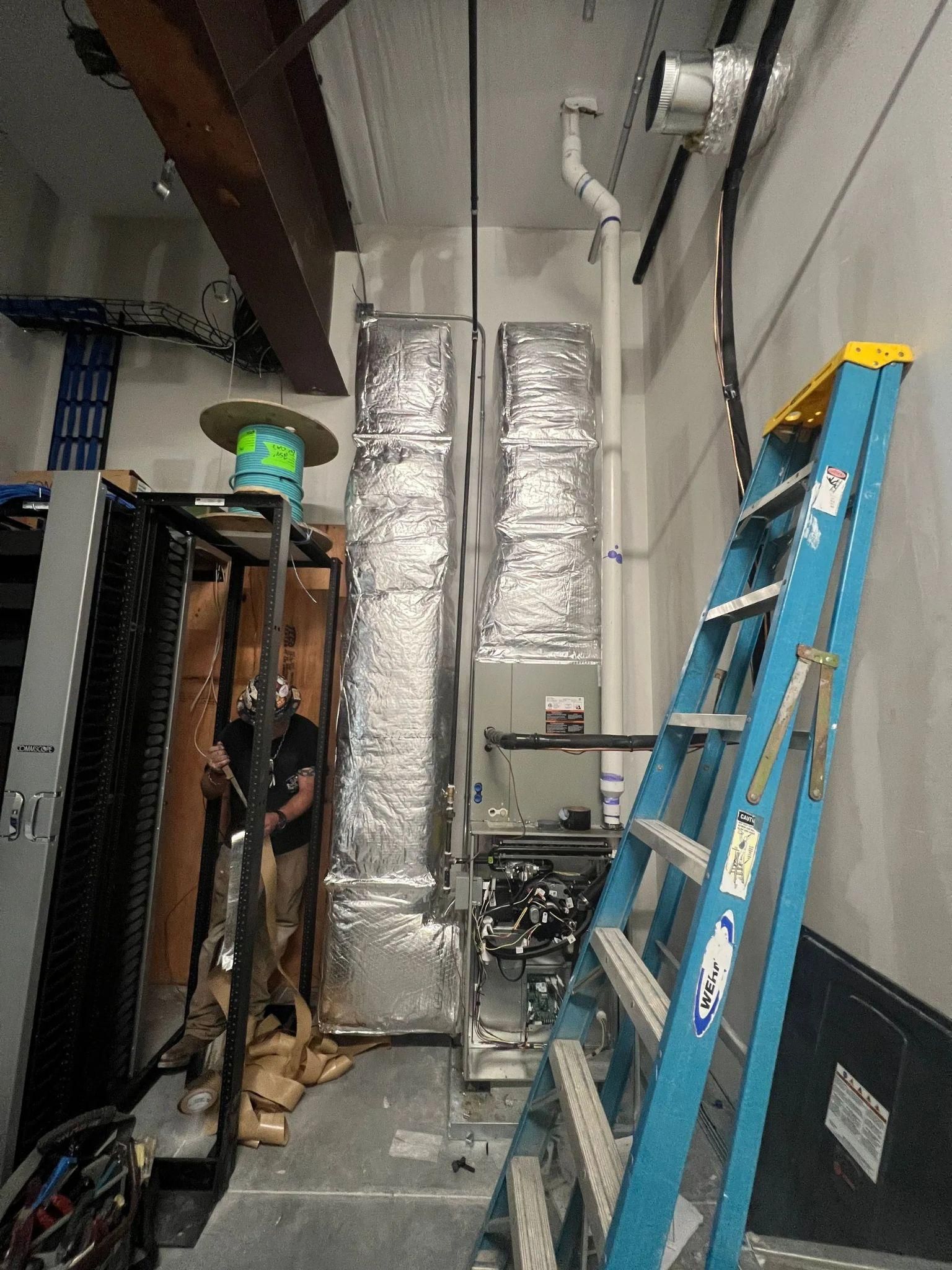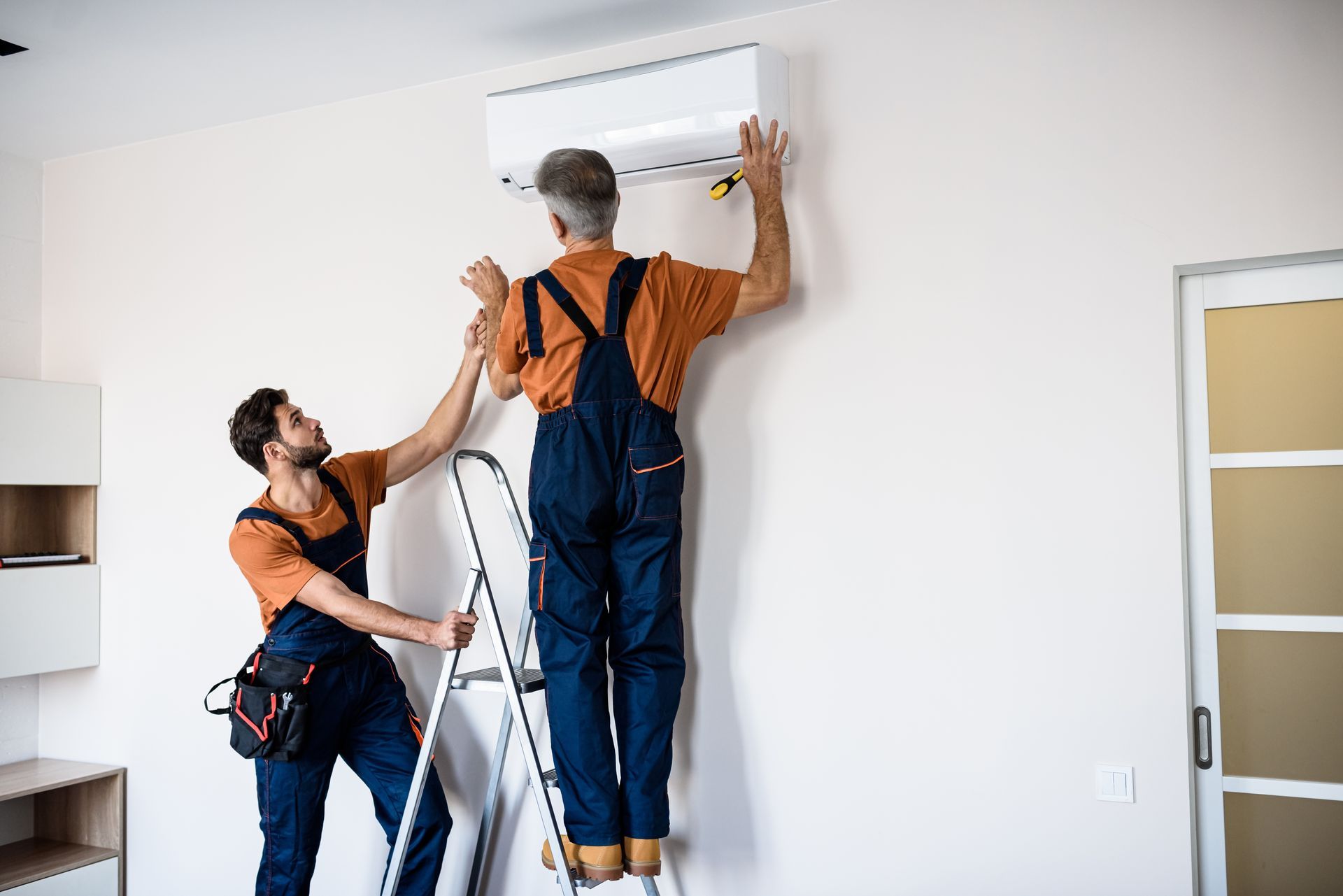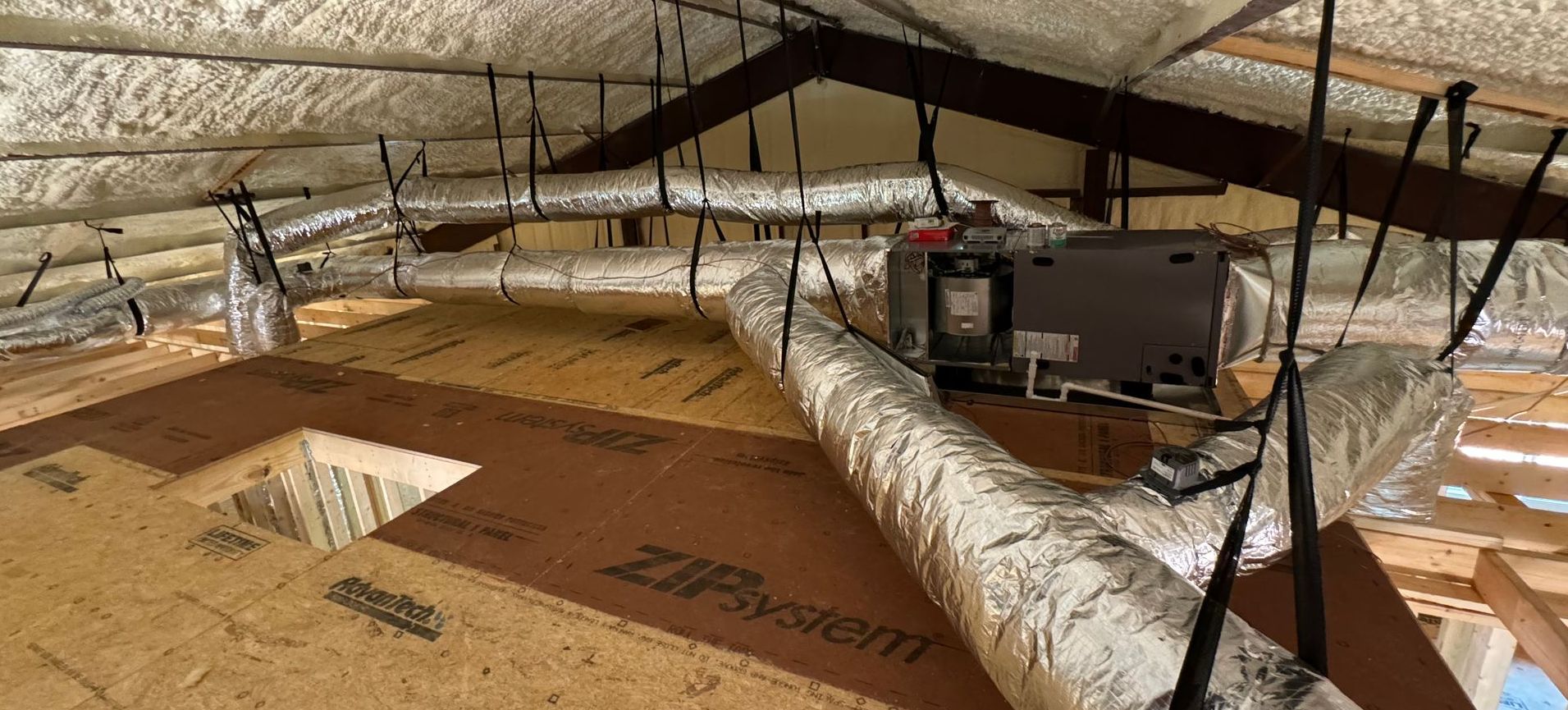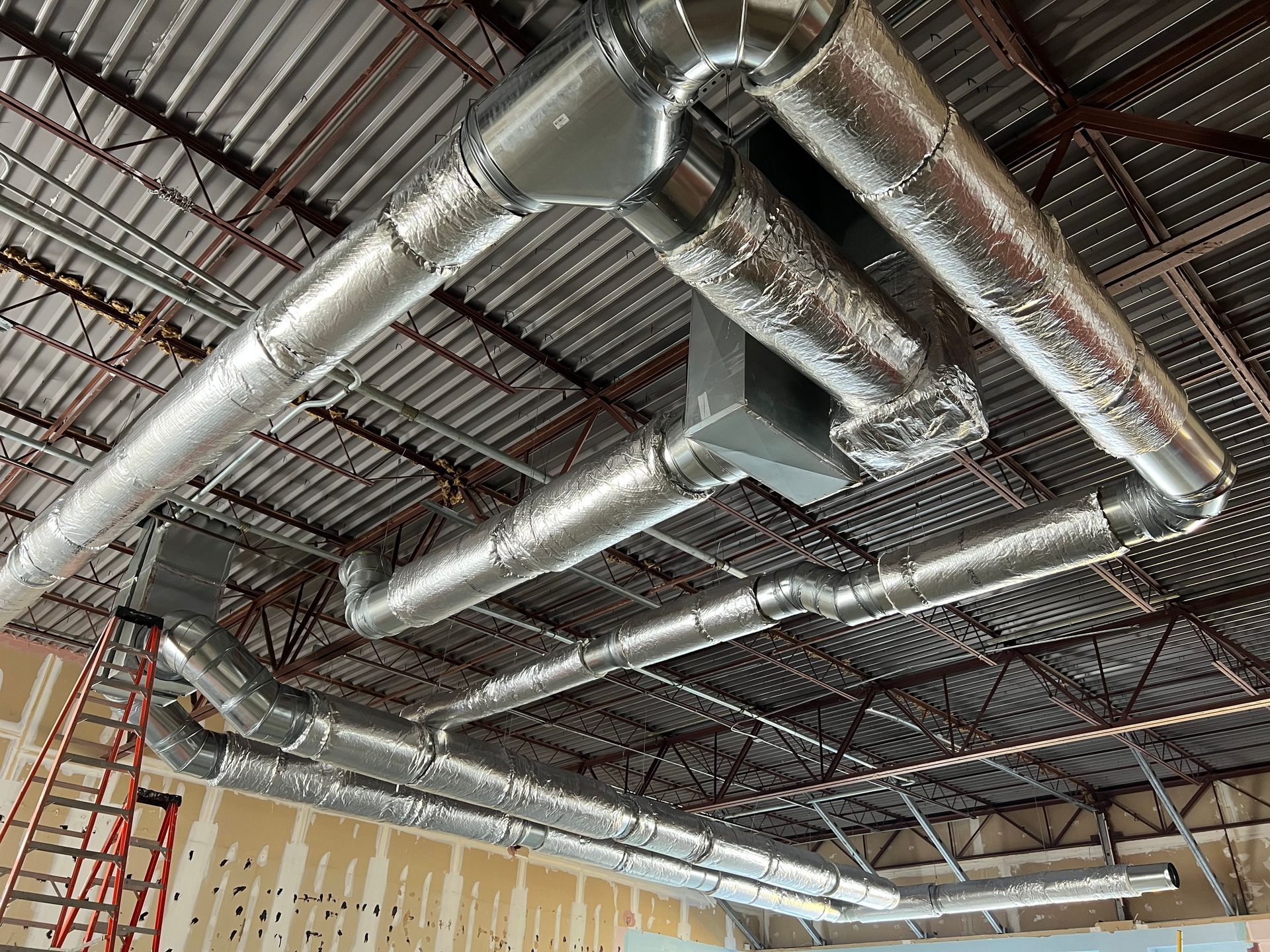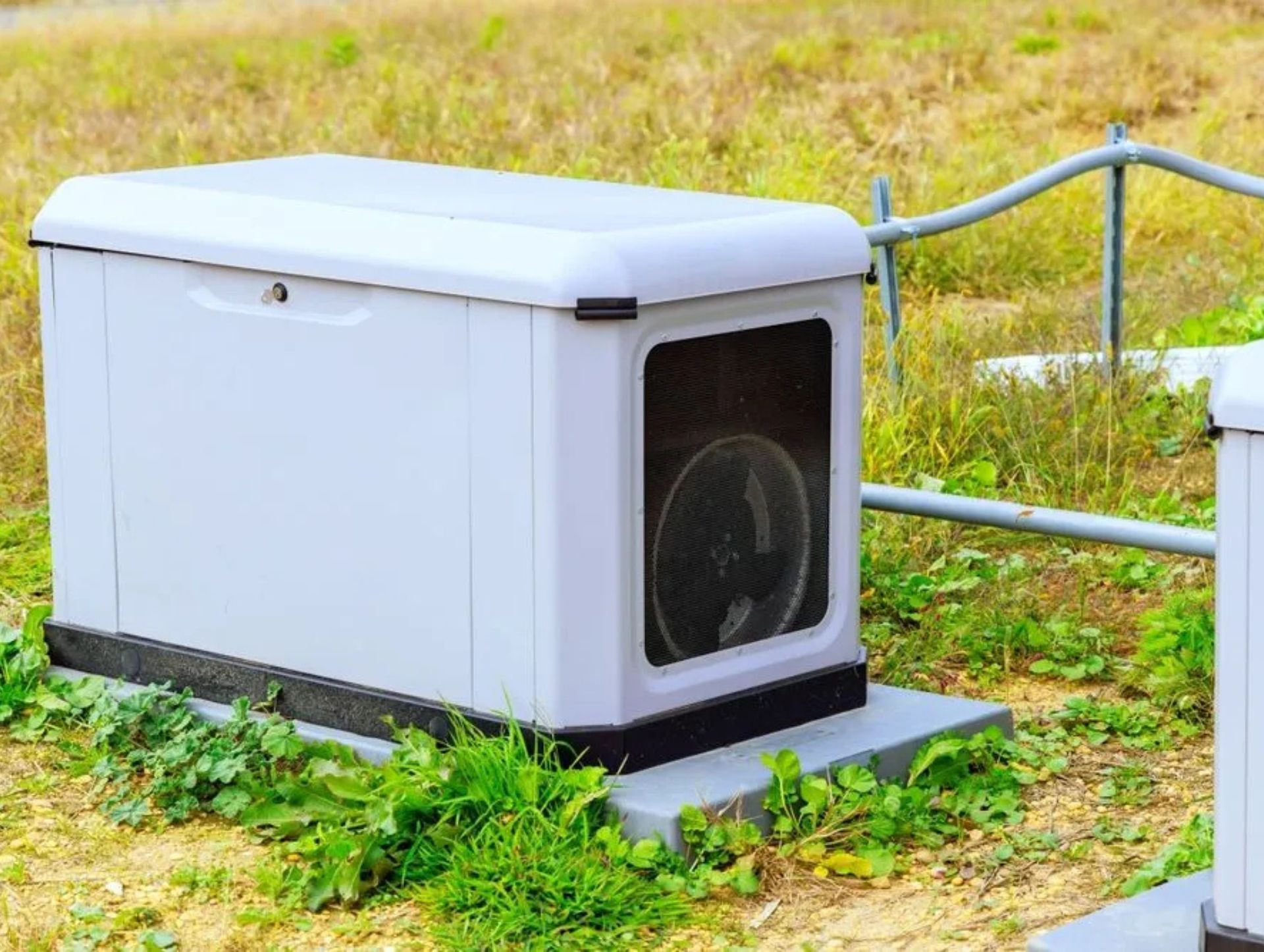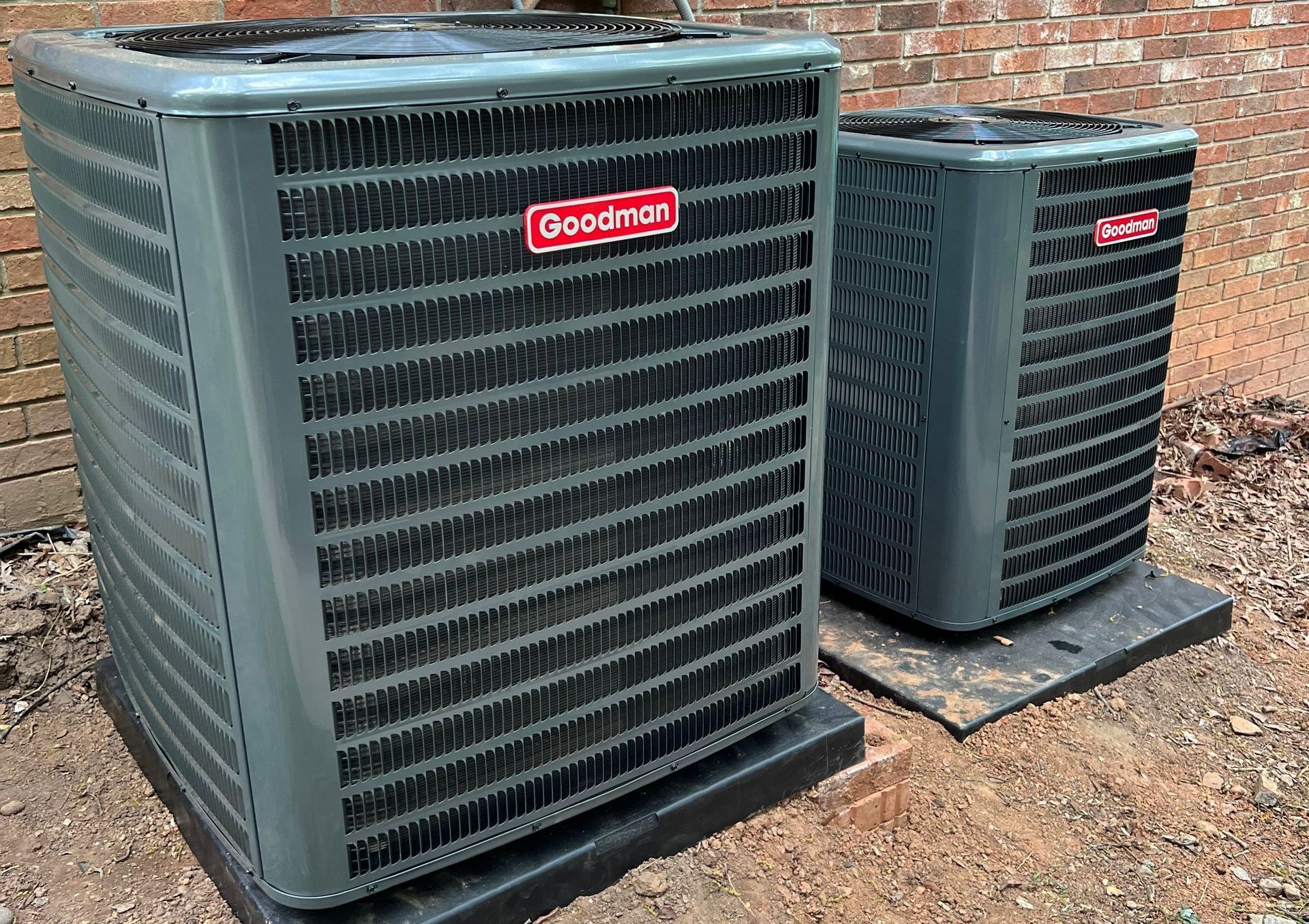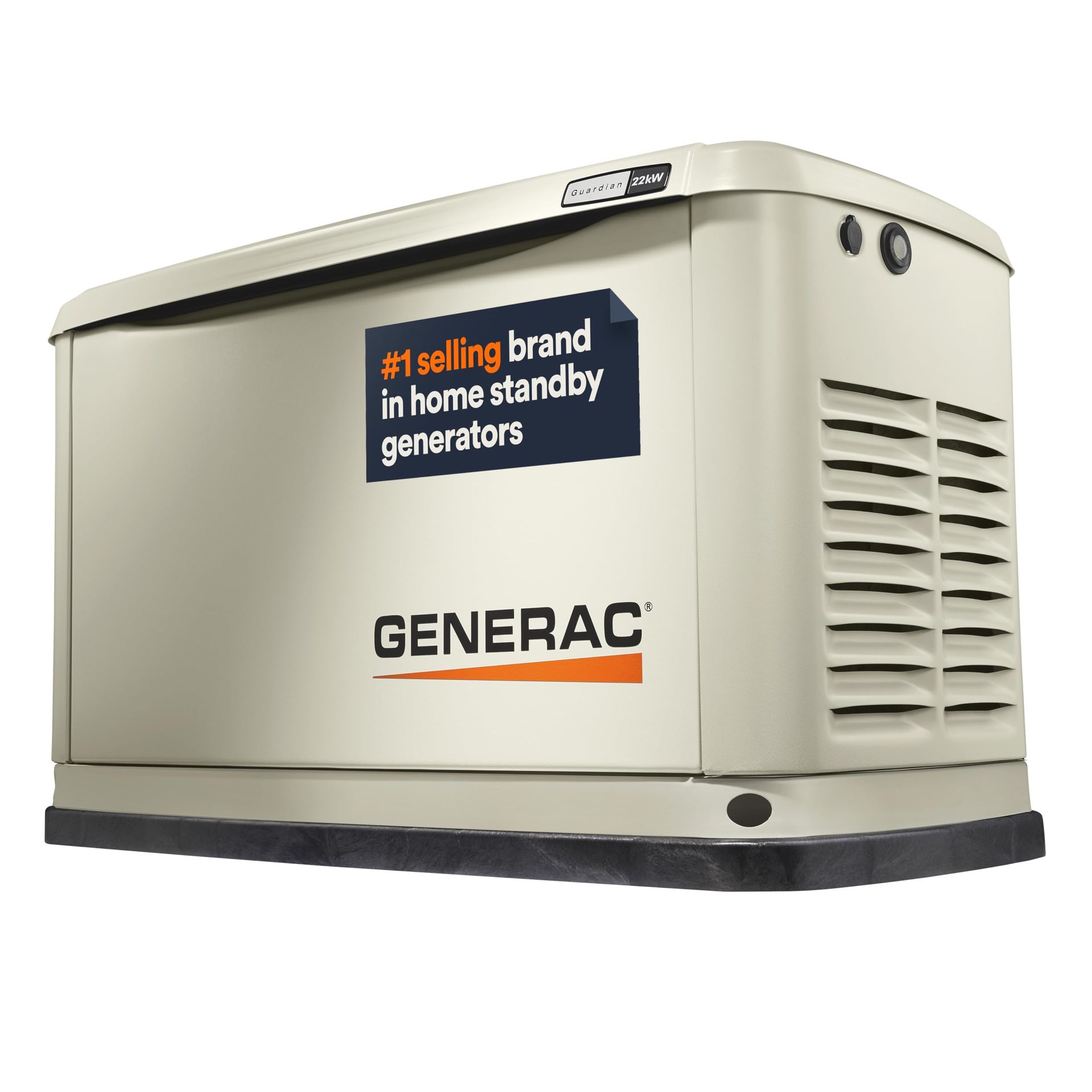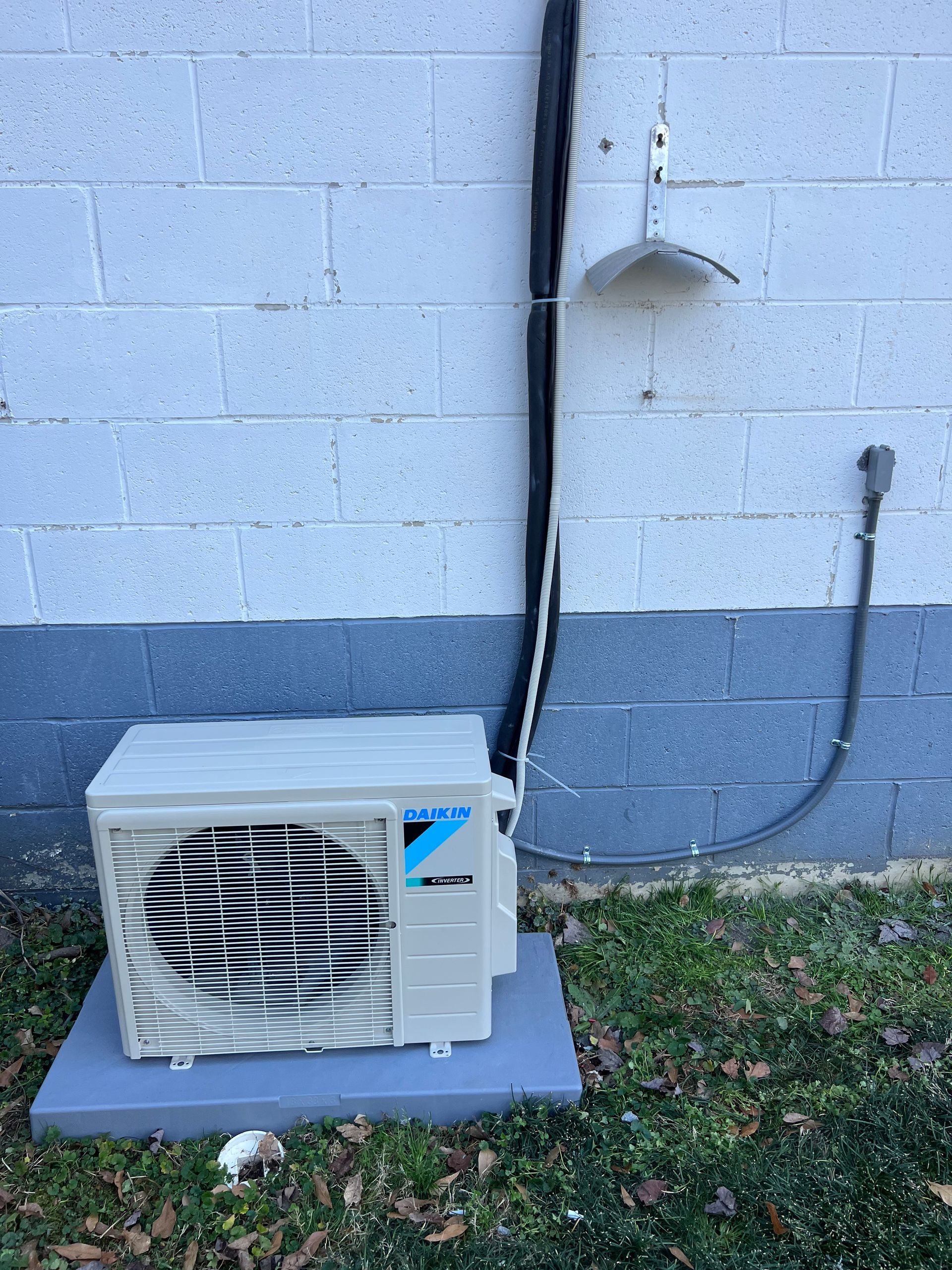ERV Systems vs. Traditional Ventilation: Which One Works Better?
Want cleaner air inside your home without wasting energy?
ERV systems (Energy Recovery Ventilators) offer a major upgrade over traditional ventilation by bringing in fresh air, keeping the heat or cool inside, and balancing humidity. Traditional systems, like open windows and exhaust fans, are cheap and simple but don’t filter air or save energy.
If your home feels stuffy, too humid, or dry and drafty, your ventilation setup could be the reason. This post breaks down the differences between ERVs and traditional ventilation so you can decide what’s best for your home comfort, air quality, and budget.
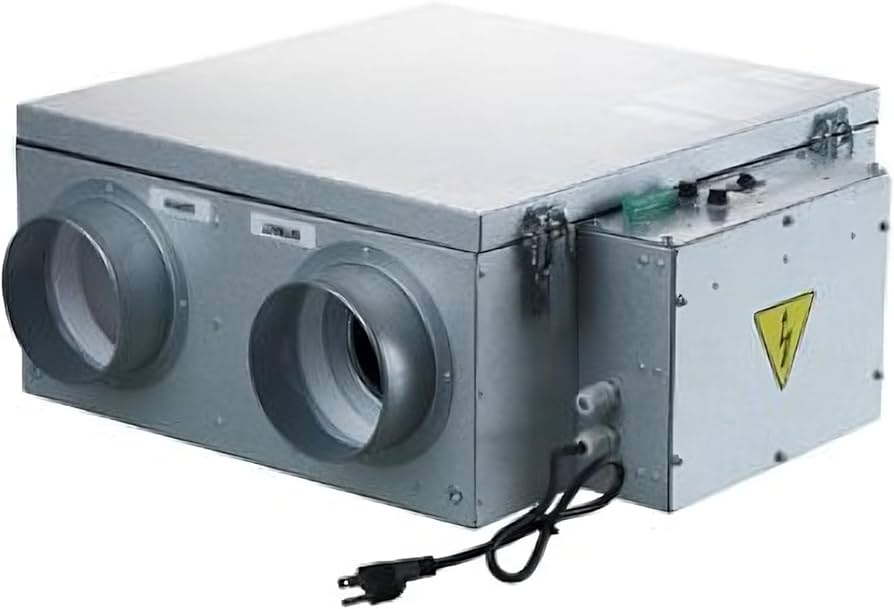
What Is an ERV System?
ERV stands for Energy Recovery Ventilator. It’s a system that pulls in fresh air from outside and pushes out stale indoor air, but here’s the difference: it does this while keeping most of the heat or coolness inside your home.
ERVs also help balance humidity levels, which keeps your home from feeling too damp or too dry. They’re designed for newer, tightly sealed homes that don’t naturally "breathe" much.
In short:
- Brings in filtered, fresh air
- Keeps indoor air comfortable
- Saves energy by recycling heating/cooling
- Helps with moisture control
What Is Traditional Ventilation?
Traditional ventilation includes bathroom fans, open windows, attic vents, or wall vents. These let outside air in and indoor air out, but they don’t manage temperature or humidity, and they don’t filter the air.
They’re common in older homes or places where the weather is pretty mild year-round. But they can let in dust, pollen, and outside noise and push your energy bills up by dumping out your heated or cooled air.
Key Differences Between ERV and Traditional Ventilation
| Feature | ERV Systems | Traditional Ventilation |
|---|---|---|
| Air Filtration | Yes | No |
| Energy Use | Low | High |
| Moisture Control | Yes | No |
| Cost | Higher to install | Lower upfront |
| Maintenance | Needs filter changes | Very little |
| Works Best In | Sealed homes, humid or cold places | Older homes, mild areas |
Pros and Cons of ERV Systems
ERV systems have many benefits, especially for modern homes, but there are a few downsides, too. Here's a quick look at both:
Pros:
- Brings in clean, filtered air
- Lowers energy bills by recycling heating and cooling
- Helps manage indoor humidity
- Keeps the air from feeling dry or drafty
Cons:
- Costs more at the start
- Filters must be replaced
- Must be sized and installed correctly
Pros and Cons of Traditional Ventilation
Traditional systems are simple and low-cost, but they come with some clear limits. Here's what to know:
Pros:
- Cheaper and simple
- Easy to use
- No filters or electronics to worry about
Cons:
- Brings in unfiltered outdoor air (pollen, dust, noise)
- Loses heating and cooling, raising energy bills
- No control over indoor humidity
- Can create dry air or cold drafts
When to Choose an ERV Over Traditional Ventilation
Choose an ERV system if:
- Your home is new, tightly sealed, or energy-efficient
- You live in a cold or humid area (like the Southeast or Northeast U.S.)
- You want filtered fresh air without big utility bills
- Moisture problems (too dry or too damp) are common in your home\
ERVs are especially helpful during allergy seasons and for people with asthma since they filter pollen and other pollutants.
Costs and Long-Term Value
Yes, ERV systems cost more to install, but they pay off over time through lower heating and cooling bills, better comfort, and fewer health complaints from bad indoor air. You may also qualify for energy rebates depending on your location and utility provider.
If you want to dive deeper into how ERVs can cut your bills and improve your indoor air, check out our full breakdown on energy recovery ventilators.
What the Experts Say
Groups like ASHRAE (American Society of Heating, Refrigerating and Air-Conditioning Engineers) recommend ERVs for most new homes, especially those that are built to be energy-efficient. HVAC professionals across the board agree that they’re worth it if you want fresh air without the energy waste.
So, Which One Works Better?
- ERVs win when it comes to comfort, energy savings, and air quality.
- Traditional ventilation works okay for older homes in mild climates, but it lacks control and efficiency.
If you’re planning an HVAC upgrade, remodeling, or building a new home, an ERV is the smart long-term solution.
Frequently Asked Questions
What is the difference between an ERV and an HRV?
ERVs manage both heat and moisture. HRVs handle only heat.
Can I add an ERV to an older home?
Yes, but it may take more work.
How often should I change the ERV filters?
Check them every 3 to 6 months.
Does traditional ventilation meet building codes?
Not always. Some codes now require better systems.
Will an ERV help with allergies?
Yes. Filters catch dust and pollen.
Are ERVs loud?
No. Most are quiet.
Need Help Choosing the Right System?
Choosing between an ERV and traditional ventilation comes down to your home’s design, your local climate, and how much control you want over indoor air quality and energy use. If your home is well-sealed or you’re dealing with humidity, stale air, or rising utility bills, an ERV system could be the better choice.
It brings in fresh, filtered air, helps manage moisture, and keeps your heating or cooling from going to waste, all while making your home more comfortable year-round.
At Arrow HVAC, we take the guesswork out of it. We’ll check out your current system, talk through your needs, and recommend the best fit for your space and budget.
Contact Us today to get started.
